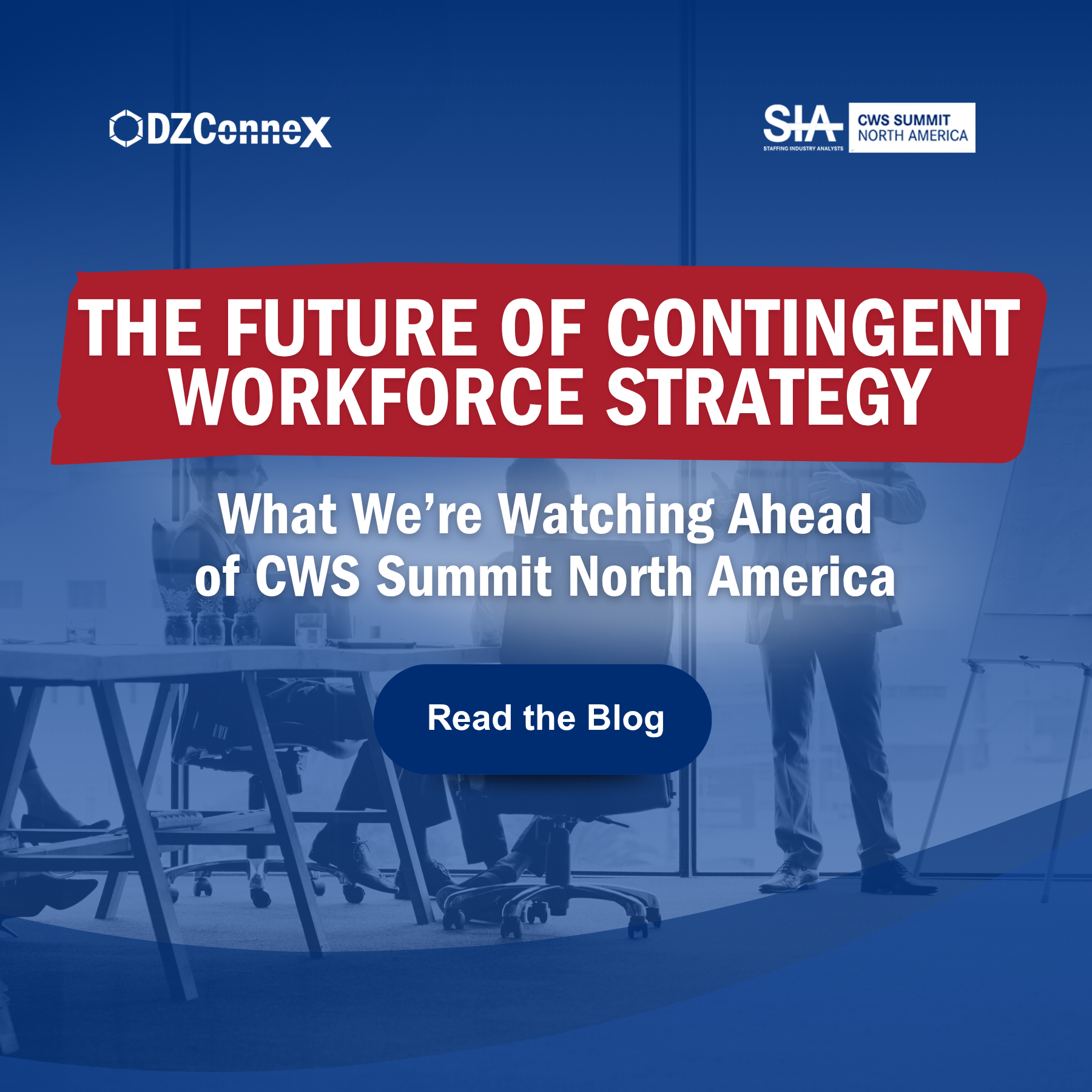DZX Workforce Solutions
DZConneX (DZX) has been an established leader in offering workforce solutions for over 30 years. We solve complex talent needs while helping clients decrease their costs and improve their business operations.
We focus on providing integrated solutions through our proprietary Total Talent ConneX ecosystem to deliver talent acquisition, innovative solutions and program management. DZX is committed to building a long-lasting partnership with our customer so we can customize our talent solutions as your program needs evolve.









%20Size%20Photos/GettyImages-1271635483cropped.jpg)


